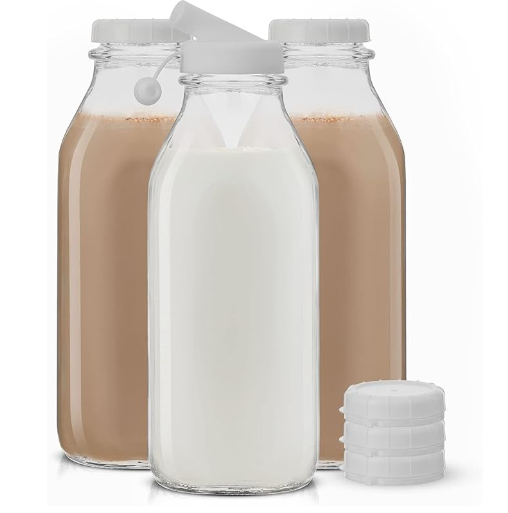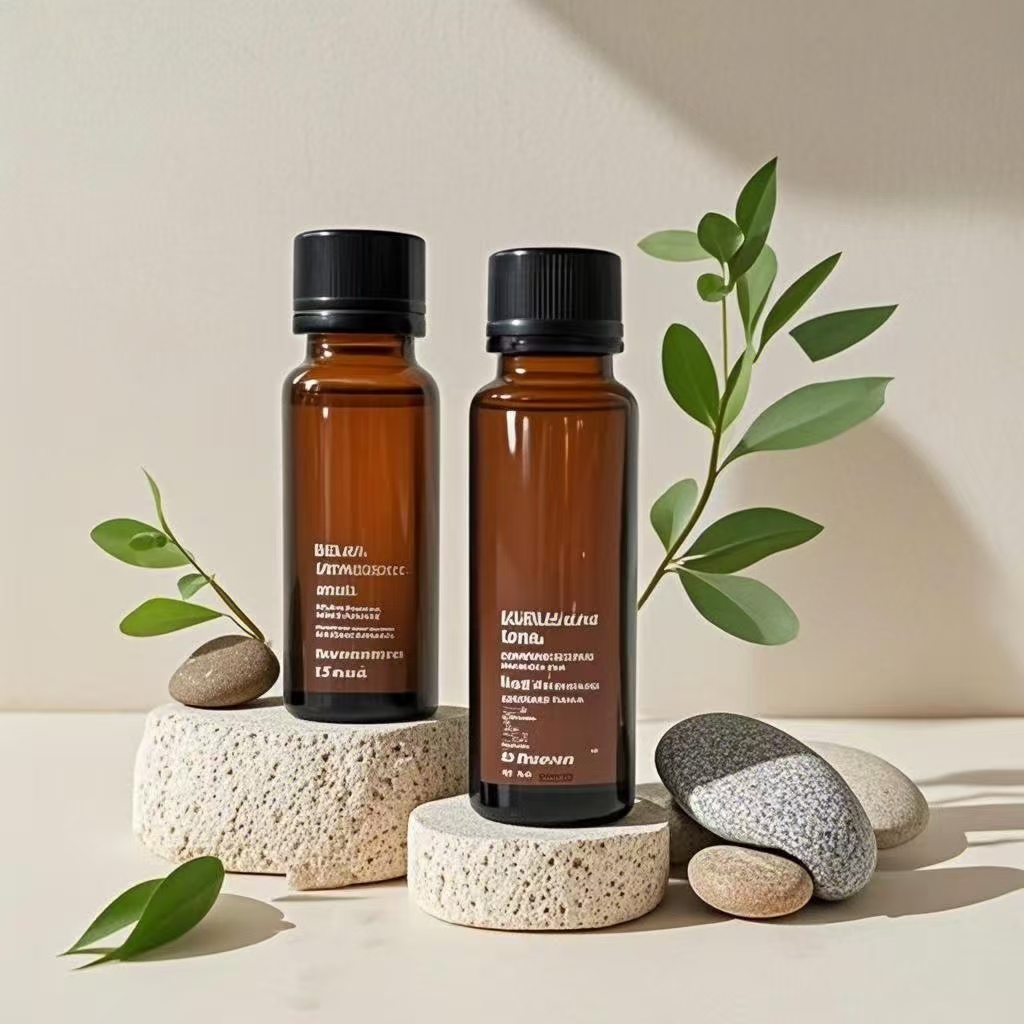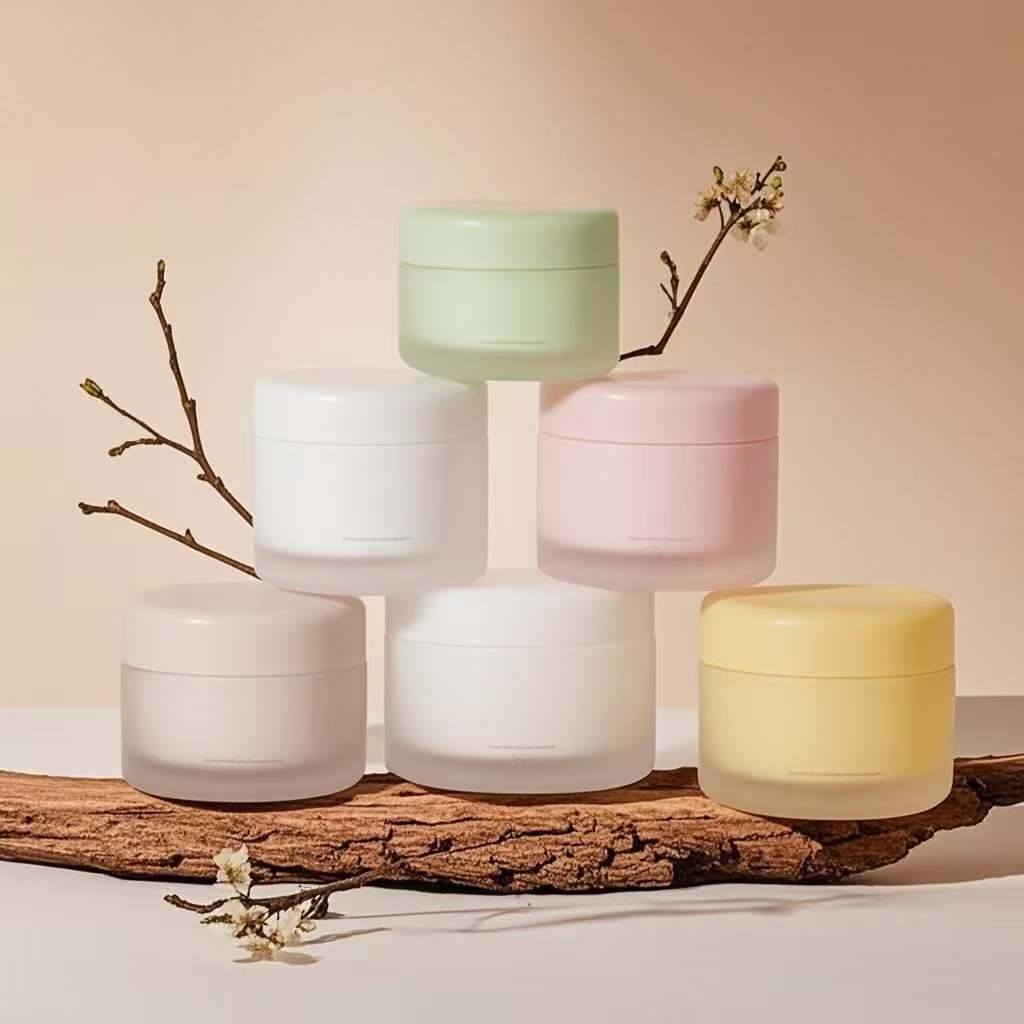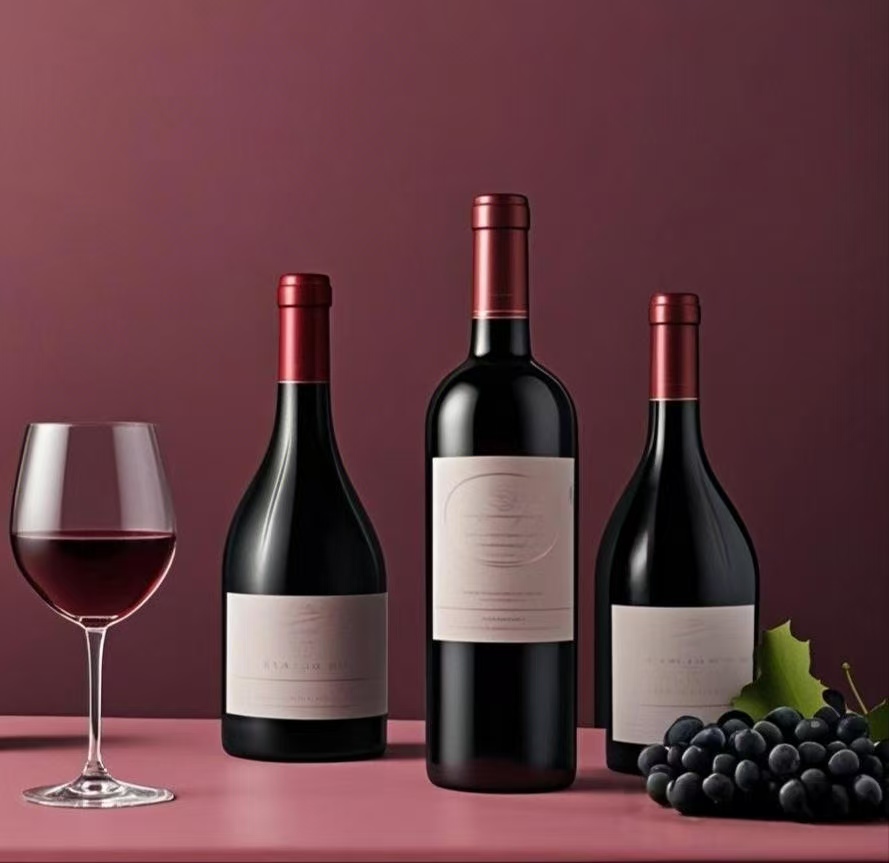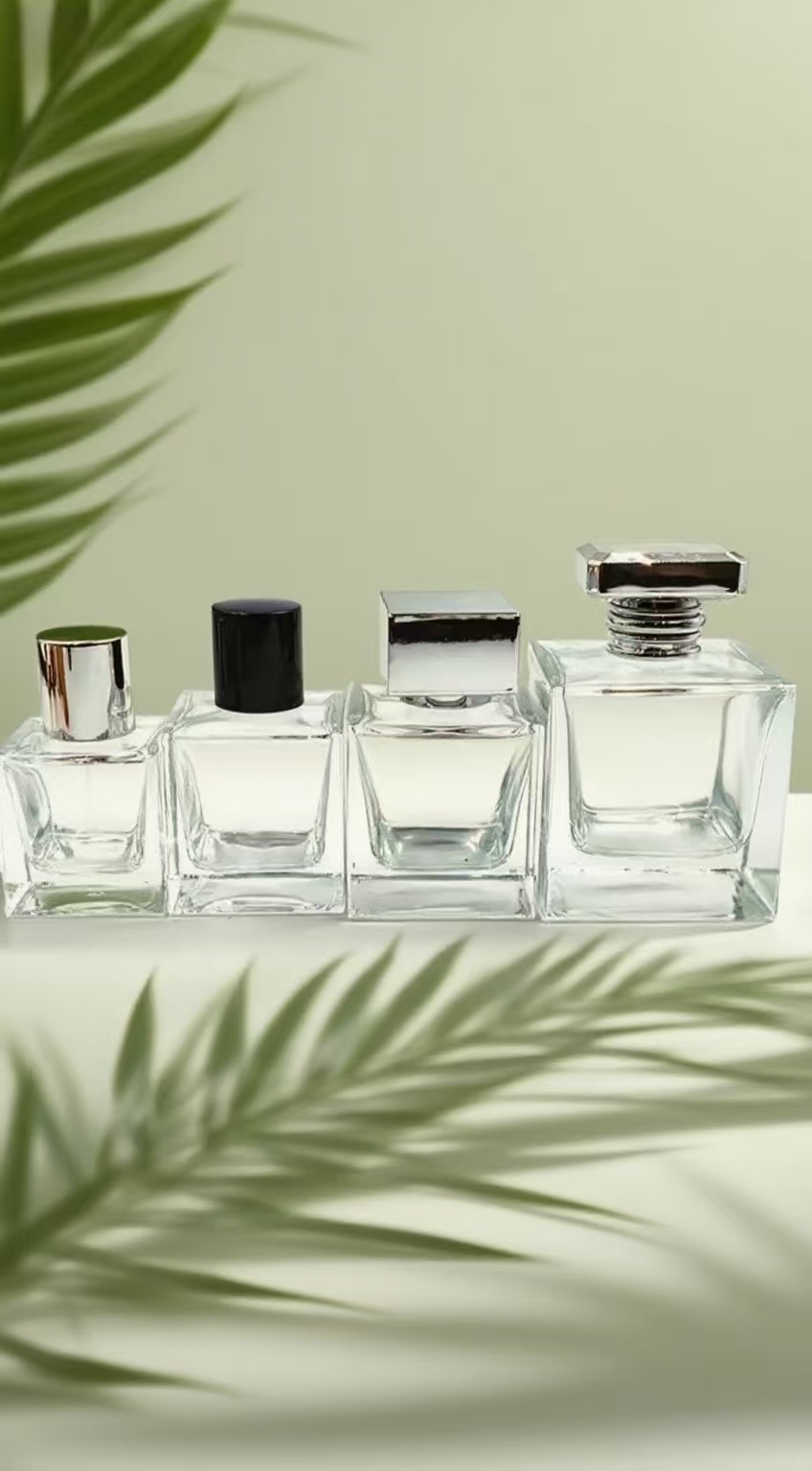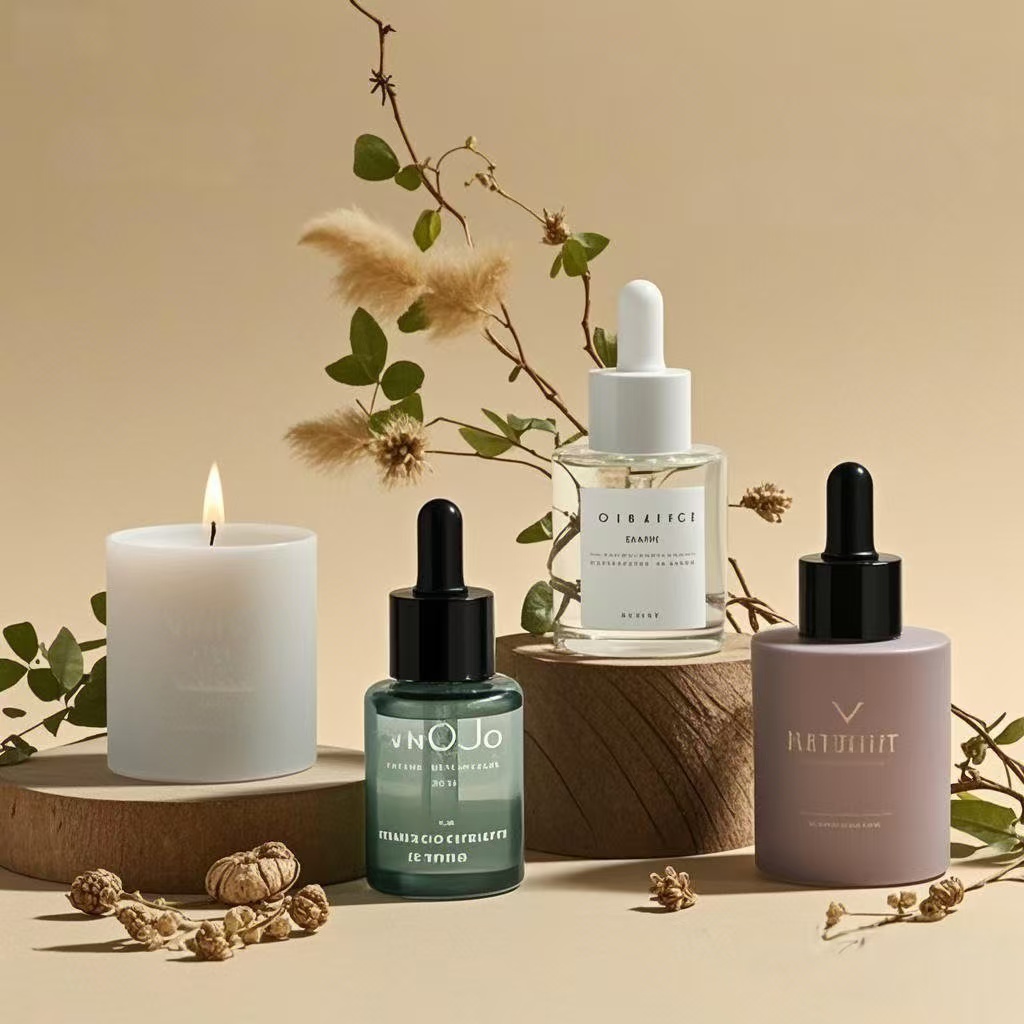In the dairy industry and households worldwide, the choice between glass and plastic milk bottles remains a significant topic of discussion. Both materials have their own advantages and drawbacks, but when it comes to preserving milk’s freshness, safety, environmental impact, and consumer appeal,glass milk bottlesoften emerge as the superior choice. At Paupacking, we provide a premium range ofGlass Milk Bottlesthat combine functionality, safety, and sustainability, meeting the evolving demands of modern dairy producers and consumers.
This comprehensive article explores the differences between glass and plastic milk bottles, analyzing their environmental, health, and practical impacts. We will also highlight why Paupacking’s glass bottles are an excellent choice for dairy packaging, supporting brands that prioritize quality and sustainability.
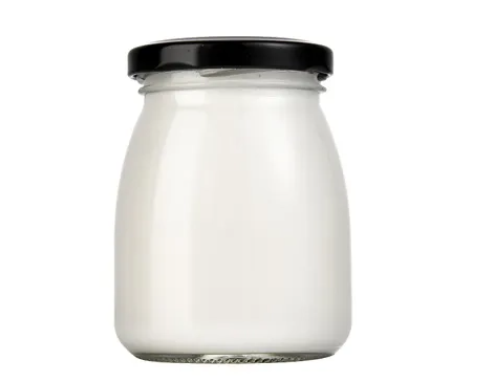

1. Material Safety and Chemical Stability
When it comes to milk packaging, safety is paramount. Milk is a highly perishable product sensitive to contamination and chemical interactions, making the choice of packaging material crucial.
Glass milk bottlesare made from inert materials that do not react chemically with milk. This means they do not leach any substances into the milk, preserving its purity and flavor. Glass is free from chemicals such as BPA, phthalates, and other plasticizers that may be present in some plastics. This is especially important for infant nutrition and sensitive consumers who demand the highest safety standards.
In contrast, plastic bottles, even those labeled BPA-free, often contain other additives or stabilizers that can degrade over time or under certain conditions such as heat or exposure to acidic substances. These chemicals may migrate into the milk, potentially affecting its safety and taste. The risk of microplastic contamination is also an emerging concern linked to plastic packaging.
Paupacking’s food-gradeGlass Milk Bottlesguarantee chemical stability and safety, ensuring milk remains uncontaminated throughout its shelf life. Their inert nature means that the milk you consume tastes exactly as intended, free from any packaging-related off-flavors or health risks.
Furthermore, glass’s chemical stability makes it ideal for long-term storage, as it does not degrade or interact with milk constituents. This is a critical advantage for dairy producers aiming to maintain consistent product quality from farm to table.
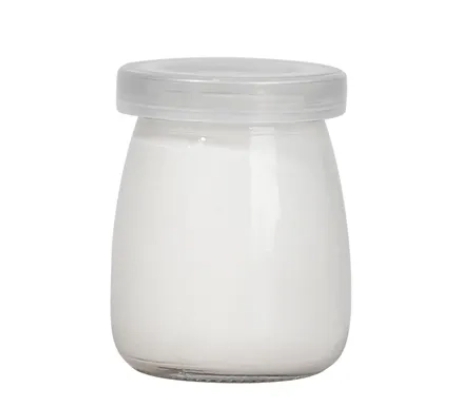

2. Preservation of Freshness and Flavor
The freshness and flavor of milk are directly influenced by the packaging’s ability to protect it from oxygen and environmental contaminants. Glass bottles provide superior preservation of milk’s freshness and natural flavor due to their impermeable surface.
Glass’s non-porous nature prevents oxygen and other gases from penetrating the bottle walls, which slows oxidation and spoilage. This airtight environment helps maintain the milk’s natural taste, aroma, and nutritional components for longer periods.
Plastic bottles, on the other hand, are semi-permeable and allow some oxygen transfer, which can accelerate milk spoilage and affect taste. Additionally, plastic may absorb odors from the environment or previous contents, potentially altering milk flavor. Over time, plastic can also develop micro-cracks or scratches that harbor bacteria or contaminants, further compromising milk quality.
Consumers often report that milk stored in glass bottles tastes fresher and creamier compared to milk stored in plastic containers. This sensory difference is an important factor in consumer preference, especially for premium or organic dairy products.
Paupacking’sGlass Milk Bottlesmaintain this freshness by providing an airtight, odor-free environment that preserves milk’s natural qualities. Our bottles are designed to minimize oxygen exposure and prevent flavor degradation, ensuring that every pour delivers the intended taste experience.
For producers, this means reduced product returns, enhanced brand reputation, and increased consumer satisfaction. For consumers, it means enjoying milk that tastes as fresh as the day it was bottled.


3. Environmental Impact and Sustainability
Environmental sustainability is a critical consideration for modern packaging decisions. Glass and plastic differ significantly in their environmental footprints, influencing brand choices and consumer preferences.
Glass is 100% recyclable without loss of quality or purity. It can be recycled endlessly, reducing the need for raw material extraction and lowering energy consumption compared to producing new glass from virgin materials. Recycling glass also reduces landfill waste and pollution.
Plastic bottles, while recyclable, often degrade in quality after recycling and face lower recycling rates worldwide. Plastic waste contributes significantly to environmental pollution, including the growing problem of microplastics in oceans and ecosystems. The majority of plastic packaging is single-use and ends up in landfills or the environment, causing long-term ecological harm.
Choosing Paupacking’s eco-friendlyGlass Milk Bottleshelps reduce plastic pollution and supports sustainable packaging initiatives. Our bottles are made with high recycled content options and designed to be fully recyclable, aligning with circular economy principles.
Sustainability also encompasses the entire lifecycle of the packaging. Glass’s durability and reusability mean fewer resources are consumed over time compared to disposable plastic bottles. This reduces the overall carbon footprint and environmental impact of milk packaging.
Consumers increasingly prioritize brands that demonstrate environmental responsibility. Offering milk in glass bottles from Paupacking not only meets this demand but also enhances brand image and market competitiveness.
4. Durability and Reusability
Durability and reusability are key factors in packaging sustainability and cost-effectiveness. Glass bottles are highly durable and can be reused multiple times with proper care, making them an excellent choice for refillable milk systems.
Plastic bottles are prone to scratching, clouding, and brittleness after repeated use, limiting their lifespan and reuse potential. Plastic degradation can lead to microplastic shedding and compromised safety.
Paupacking’s sturdyGlass Milk Bottlesare designed for longevity, offering excellent value through repeated use. Their robust construction withstands cleaning, sterilization, and handling without loss of integrity.
Reusable glass bottles reduce packaging waste and the demand for new materials, contributing to environmental conservation. Many dairy cooperatives and local milk delivery services have successfully implemented glass bottle reuse programs, reducing costs and waste simultaneously.
Consumers also appreciate the tactile and aesthetic qualities of reusable glass bottles, which enhance the overall milk consumption experience.
5. Temperature Resistance
Milk storage and processing often involve temperature fluctuations, including refrigeration and pasteurization. Glass bottles withstand these temperature changes better than plastic, maintaining integrity and safety.
Glass can endure repeated heating and cooling cycles without warping, melting, or releasing harmful substances. This makes glass ideal for hot-filling processes and cold storage.
Plastic bottles can deform or degrade when exposed to heat, limiting their use in certain dairy processing steps. Heat exposure can also increase the risk of chemical migration from plastic into milk.
Paupacking’sGlass Milk Bottlesare manufactured to endure typical dairy processing temperatures without compromising integrity, ensuring product safety and quality throughout the supply chain.
6. Consumer Perception and Premium Appeal
Glass milk bottles convey a premium, authentic image that appeals to consumers seeking quality and tradition. The weight, clarity, and tactile feel of glass enhance brand perception and consumer trust.
Plastic bottles are often viewed as convenient but less premium, which can affect consumer willingness to pay higher prices.
Paupacking offers customizableGlass Milk Bottlesthat help brands elevate their market positioning. Unique bottle shapes, embossing, and high-quality finishes enable differentiation in a crowded marketplace.
Premium packaging can justify higher pricing, increase perceived value, and build long-term customer loyalty.
7. Transparency and Product Visibility
Glass bottles provide crystal-clear visibility of milk, allowing consumers to inspect freshness and quality visually. This transparency builds consumer confidence and supports informed purchasing decisions.
Plastic bottles may be opaque or discolored, reducing visibility and consumer trust.
Paupacking’s clearGlass Milk Bottlesenhance product visibility and shelf appeal, making them ideal for retail environments.
8. Hygiene and Cleanability
Glass is non-porous and easy to sterilize, reducing bacterial contamination risks. It can be cleaned thoroughly with hot water, detergents, or sterilization methods without damage.
Plastic surfaces can develop micro-scratches that harbor bacteria, complicating cleaning and hygiene.
Paupacking’sGlass Milk Bottlessupport high hygiene standards essential for dairy safety, especially in reusable bottle systems.
9. Weight and Handling Considerations
Plastic bottles are lightweight and easier to handle, which can be advantageous for transport and consumer convenience.
Glass bottles are heavier, which may increase transportation costs and require careful handling to prevent breakage.
Paupacking designsGlass Milk Bottleswith optimized weight-to-strength ratios to balance durability and practicality, reducing shipping costs while maintaining robustness.
10. Cost Implications and Lifecycle Value
Plastic bottles generally have lower upfront costs but may incur higher long-term expenses due to limited reuse and environmental fees.
Glass bottles have higher initial costs but offer better lifecycle value through reusability, recyclability, and brand premiumization.
Paupacking’sGlass Milk Bottlesprovide cost-effective solutions for brands prioritizing sustainability and quality, supporting long-term profitability.
Summary Table: Glass Milk Bottles vs Plastic Milk Bottles
| Feature | Glass Milk Bottle | Plastic Milk Bottle | Paupacking Advantage |
|---|---|---|---|
| Chemical Safety | Inert, no chemical leaching | Potential chemical migration | Food-grade, non-toxic glass |
| Freshness Preservation | Superior oxygen barrier, no odor absorption | Semi-permeable, odor and oxygen permeable | Airtight, impermeable glass |
| Environmental Impact | 100% recyclable, reusable | Lower recycling rates, microplastic pollution | Eco-friendly, sustainable glass |
| Durability & Reusability | Highly durable, multiple reuse cycles | Prone to scratches, limited reuse | Robust design for longevity |
| Temperature Resistance | Heat and cold resistant | Vulnerable to heat deformation | Heat-resistant glass |
| Consumer Perception | Premium, authentic, trusted | Convenient but less premium | Customizable, elegant glass |
| Transparency | Clear, allows visual quality check | Often opaque or cloudy | Crystal-clear glass |
| Hygiene | Non-porous, easy to sterilize | Micro-scratch prone | Smooth, sterilizable surface |
| Weight & Handling | Heavier, requires careful handling | Lightweight, easier transport | Optimized weight-strength balance |
| Cost | Higher upfront, better lifecycle value | Lower upfront, higher long-term costs | Cost-effective premium packaging |
Conclusion
The choice between glass and plastic milk bottles involves balancing safety, quality, environmental impact, and practical considerations. Glass milk bottles excel in preserving milk’s freshness, ensuring chemical safety, supporting sustainability, and enhancing brand image. While plastic offers convenience and lower initial costs, its limitations in recyclability, chemical stability, and consumer perception are significant.
Paupacking’s premiumGlass Milk Bottlesprovide an ideal solution for dairy brands and consumers seeking the best in quality, safety, and sustainability. By choosing glass, you invest in packaging that protects your product, supports the environment, and elevates your brand.
Explore Paupacking’s collection today and discover how our glass milk bottles can transform your dairy packaging experience.




